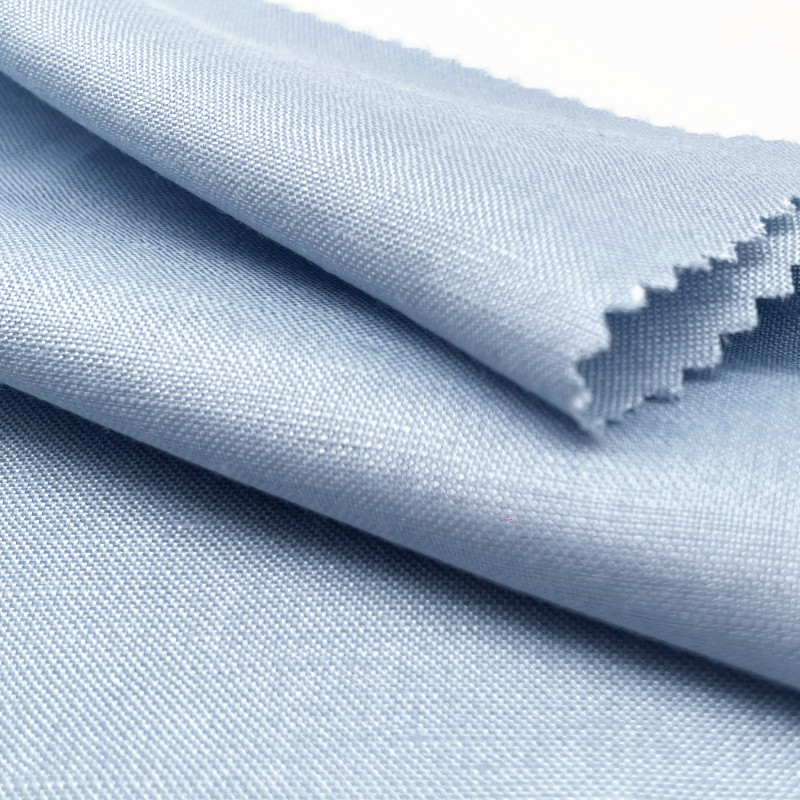When discussing environmentally friendly fabrics, we can consider several common eco-friendly materials. Also their characteristics in more detail:
- Organic Cotton:
- Production Process: Organic cotton cultivation typically avoids the use of chemical pesticides and synthetic fertilizers. Organic farms use natural fertilizers and biological pest control methods, helping to preserve soil health and ecosystem balance.
- Environmental Impact: Reduces pollution of soil and water resources, avoiding harmful effects on farmers and ecosystems.
- Linen:

- Production Process: Linen is a natural fiber with a short growth cycle, requiring minimal chemical substances or water. It has low soil requirements and does not cause significant damage to ecosystems during growth.
- Environmental Impact: Linen fiber production has relatively low environmental impact and is a sustainable fabric choice.
- Hemp:
- Production Process: Hemp is a robust plant that grows without the need for pesticides or chemical fertilizers. Its fast growth rate helps reduce land use and resource consumption.
- Environmental Impact: Hemp fiber use in textiles with relatively minor environmental impact during production.
- Bamboo Fiber:
- Production Process: Bamboo grows rapidly without chemicals, resulting in minimal pollution of soil and water resources. Bamboo fiber production is the mostly environmentally friendly compared to many other fibers.https://www.ultratextile.cn/category/custom-order-fabrics/bamboo-fabric/
- Environmental Impact: Bamboo is highly renewable and can effectively reduce pressure on natural resources.
- Recycled Fibers:
- Production Process: Recycled fibers like recycled cotton, polyester, and nylon are made from reclaimed textile or plastic products.
- Environmental Impact: The production of recycled fibers conserves raw materials, reduces resource demand, waste generation, and environmental burden.
- Non-Toxic Dyes:
- Usage: Eco-friendly fabrics often use natural or low-impact dyes, such as plant-based dyes or low-impact synthetic dyes, to reduce environmental pollution.
- Environmental Impact: Using non-toxic dyes can minimize water pollution and potential hazards to workers and environmental health.
Choosing environmentally friendly fabrics can reduce the textile industry’s negative impact on the environment by reducing chemical use, lowering greenhouse gas emissions, conserving resources, and promoting sustainable development.
